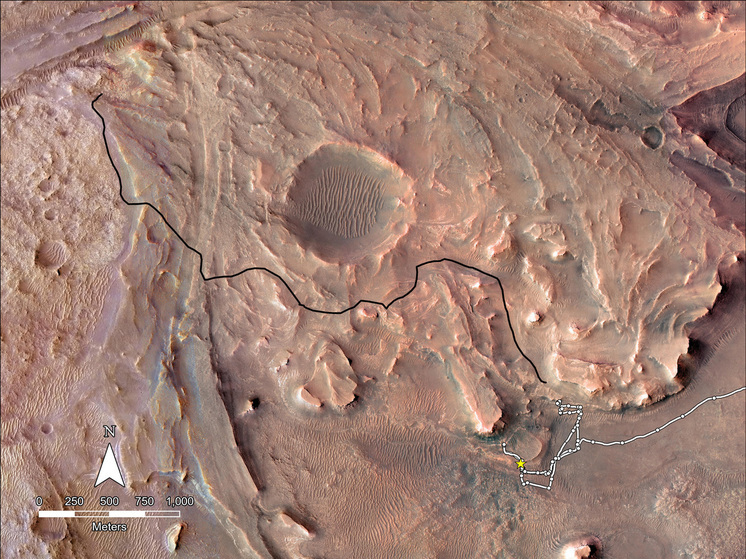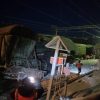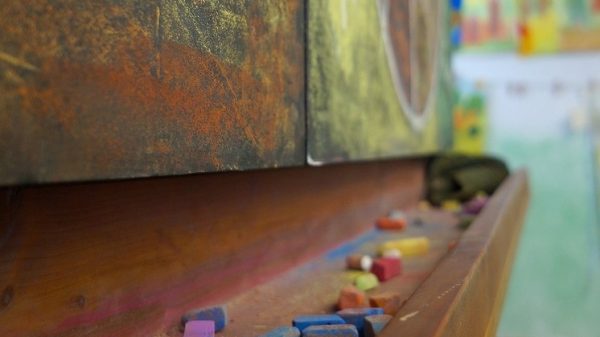Scientists face a big mystery
NASA's Mars rover has discovered the first «possible» signs of ancient life on the Red Planet. The US space agency's Perseverance rover has discovered what scientists have described as an arrowhead-shaped rock with what appear to be veins running through it. Scientists have determined that it contains chemical signatures and structures formed by microbial life billions of years ago.

The rover returned images to Earth that showed crystalline solids left over from water flowing across the surface and a reddish area containing organic compounds and an energy source for «what could be microbial life.»
The 3.2-by-2-foot rock was named after Cheyawa Falls in the Grand Canyon, writes the Daily Mail.
Ken Farley, Perseverance Project Scientist, said: «Chiawa Falls is the most mysterious, complex and potentially important rock Perseverance has ever studied. On the one hand, we have found organic material for the first time, distinctive colour stains indicating chemical reactions that microorganisms could use as an energy source, and clear evidence that water, essential for life, once flowed through the rock. On the other hand, we have not been able to determine exactly how the rock formed or the extent to which nearby rocks may have heated Shiawa Falls and contributed to these features.»
The Perseverance rover collected the rock on July 21 while exploring the northern edge of the Neretva Valley, an ancient river valley formed by water flowing into Jezero Crater, a lake that formed 3.7 billion years ago.
The team noticed vein-like structures, finding them to be white calcium sulfate.
The hard crystals on the surface of Mars are hard water deposits left by ancient groundwater flowing across the now-dusty landscape.
Between these veins were bands of reddish-colored material, indicating the presence of hematite, one of the minerals that gives Mars its characteristic rusty hue.
A closer look at the reddish area revealed «dozens of irregularly shaped, whitish, millimeter-sized spots, each surrounded by black material similar to leopard spots,» NASA shared.
Perseverance used an X-ray instrument to analyze the spots and determined that black halos contain iron and phosphate.
David Flannery, an astrobiologist and member of the Perseverance science team, said: «These spots are a big surprise. On Earth, these kinds of rock features are often associated with fossils of microbes living in the subsurface.»
The Perseverance science team has not yet come to a final conclusion, but is considering several possibilities.
One is that the structure was originally formed as mud mixed with organic compounds that eventually became cemented into rock.
Later, a second stream of fluid penetrated cracks in the rock, causing mineral deposits to form the large white veins of calcium sulfate seen today and causing the spots.
«While the organic matter and leopard spots are of great interest, they are not the only aspects of the Shiawa Falls rock that puzzled the science team,» NASA said. «They were surprised to find that these veins were filled with millimeter-sized crystals of olivine, a mineral that forms from magma.»
The olivine may be associated with rocks that formed further along the edge of the river valley, which may have formed from the crystallization of magma.
«If so, another question the team must answer is whether the olivine and sulfate could have been released into the rock at uninhabitable high temperatures, causing an abiotic chemical reaction that led to the spots. leopard?»
The team now hopes to bring a sample from Shaiyawa Falls back to Earth so it can be studied using the powerful instruments available in the labs.





































































Свежие комментарии